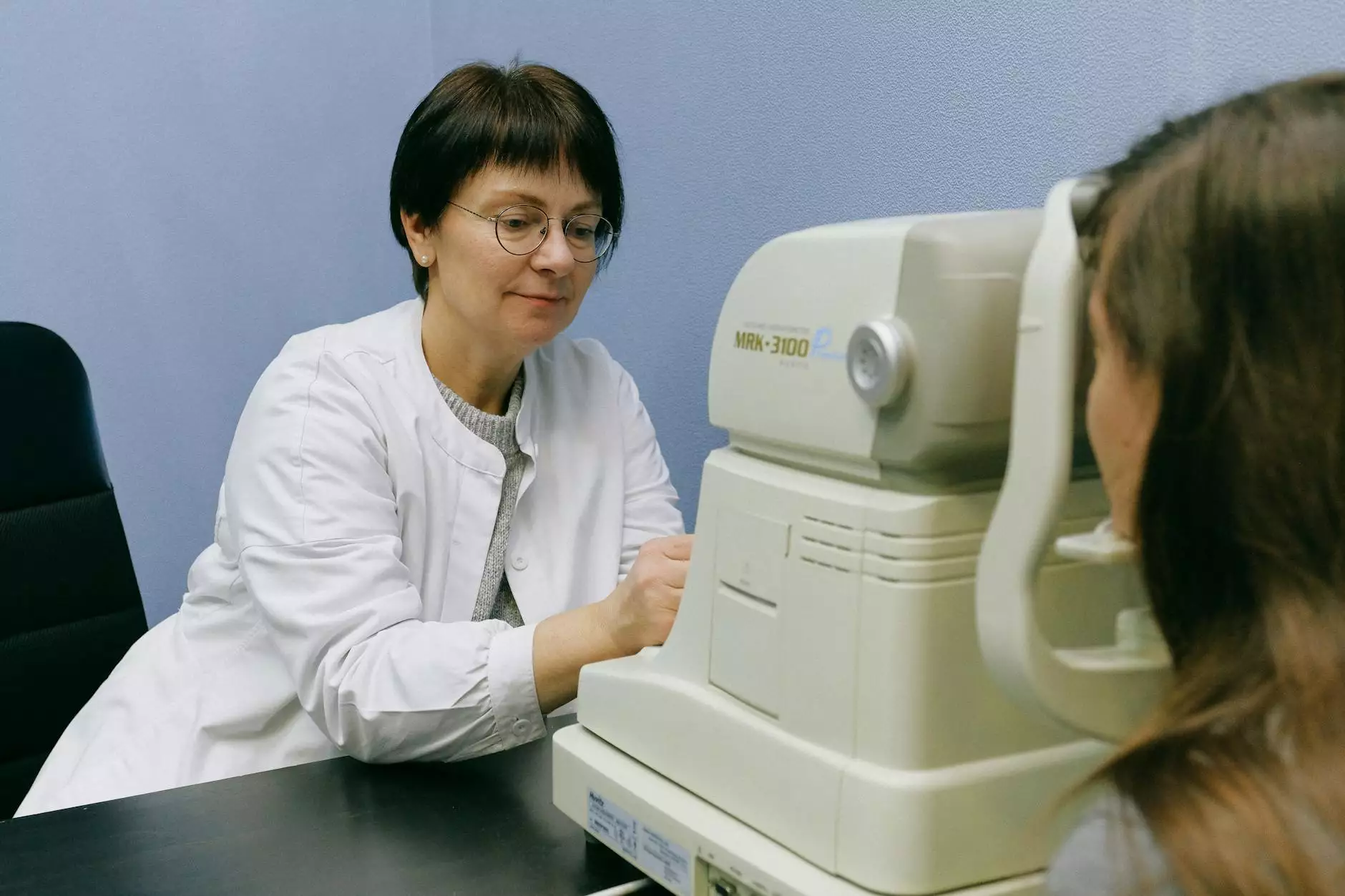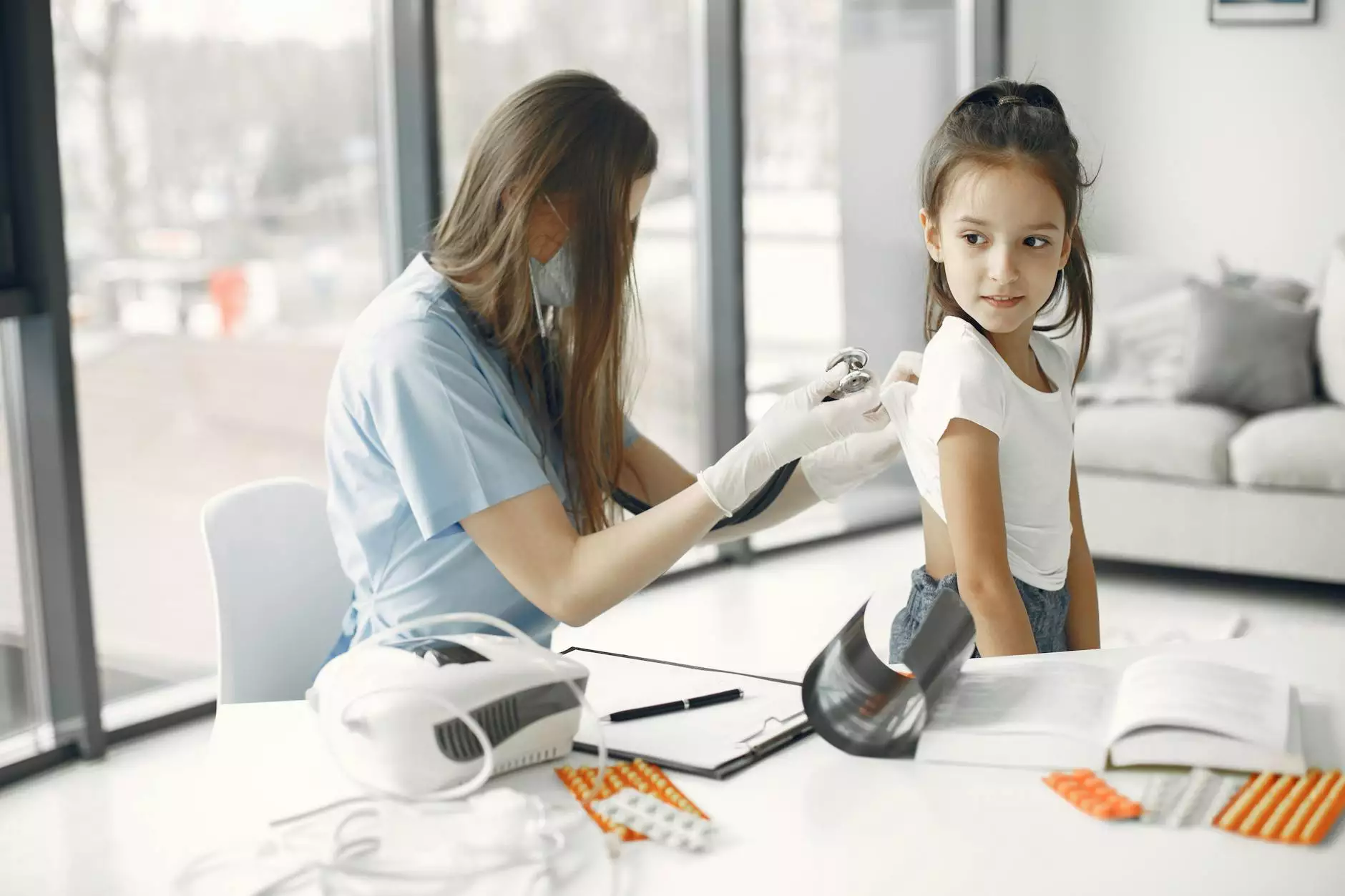What Happens When You Get a DOT Physical
Injuries
When it comes to commercial driving, safety is of utmost importance. It ensures the well-being of the drivers as well as others on the road. To ensure the safety and health of commercial vehicle drivers, the Department of Transportation (DOT) requires them to undergo regular physical examinations. These examinations, commonly known as DOT physicals, evaluate a driver's physical and mental fitness to operate commercial vehicles.
Importance of DOT Physical Examinations
DOT physical examinations play a crucial role in maintaining the integrity of the transportation industry. They help identify any underlying medical conditions, physical limitations, or medications that may affect a driver's ability to perform their job safely. These examinations not only protect the driver but also the general public.
What to Expect During a DOT Physical Examination
During a DOT physical examination, a certified medical examiner evaluates various aspects of your health and physical fitness. Here's what you can expect during the examination:
Medical History Review
The examiner will begin by reviewing your medical history. They will ask questions about your past and current medical conditions, surgeries, medications, and any relevant health concerns. It's important to provide honest and accurate information to ensure a thorough examination.
Vital Signs Assessment
Next, the examiner will measure your vital signs, including your blood pressure, heart rate, and respiratory rate. These measurements help assess your overall health and detect any abnormalities that may affect your ability to drive safely.
Vision and Hearing Testing
Good vision and hearing are essential for safe driving. The examiner will evaluate your vision by conducting an eye test to check your visual acuity and peripheral vision. They will also conduct a hearing test to ensure you meet the necessary requirements to hear traffic sounds and communicate effectively on the road.
Urinalysis
A urinalysis is typically conducted to screen for any underlying health issues or substance abuse. This test helps detect conditions such as diabetes and kidney problems, as well as the presence of drugs or alcohol in your system.
Physical Examination
The physical examination may involve checking your general appearance, examining your heart and lungs, assessing your reflexes, examining your abdomen, and evaluating your musculoskeletal system. The examiner will also check for any signs of hernias, neurological disorders, or other physical abnormalities that may impact your ability to drive safely.
Medical Certification
Based on the findings of the examination, the medical examiner will determine whether you meet the DOT's medical standards. If you pass the examination, you will receive a medical certificate, also known as a DOT card. This certificate indicates that you are physically and mentally fit to operate commercial vehicles.
Frequency of DOT Physical Examinations
The frequency of DOT physical examinations varies depending on your age, medical history, and certain conditions. Most drivers are required to undergo a physical examination every two years. However, if you have certain medical conditions or risk factors, you may be required to undergo examinations more frequently.
Conclusion
Getting a DOT physical is an essential part of being a commercial vehicle driver. It ensures that you are physically and mentally capable of safely operating commercial vehicles. At Pain Cream Advisors, we understand the importance of DOT physical examinations and strive to provide comprehensive information on the subject.
If you have any questions or need assistance regarding DOT physicals, feel free to reach out to us. We are here to help you navigate the process with ease and ensure that you have the necessary information to maintain your certification.










